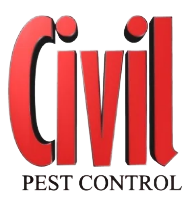Pest Guide
Your Comprehensive Guide to Common Pest
At Civil Pest Control, we understand how crucial it is to identify and manage pest issues quickly and effectively. This guide provides essential information on common pests found in Toronto and the Greater Toronto Area (GTA), helping you understand their behaviour and how to control them.
Have more questions? Reach out to us!

Ants
Identification: Small insects with segmented bodies, typically black, brown, or red. Ants have a narrow waist and elbowed antennae.
Biology: Ants are social insects that live in colonies, which can range from a few dozen to millions. They are omnivorous and can feed on a wide variety of foods.
Behaviour: Ants enter buildings in search of food and water. They can establish nests in walls, under floors, or outdoors near foundations.
Control: Keep food sealed, clean up spills immediately, and seal entry points. Professional treatments may be necessary for large infestations.
How to Get Rid of Ants : Ants can invade your home in search of food, quickly becoming a major problem. To get rid of ants, start by sealing all food in airtight containers and keeping surfaces clean. You can also use ant bait stations or natural repellents like vinegar. For larger infestations, professional pest control may be necessary.
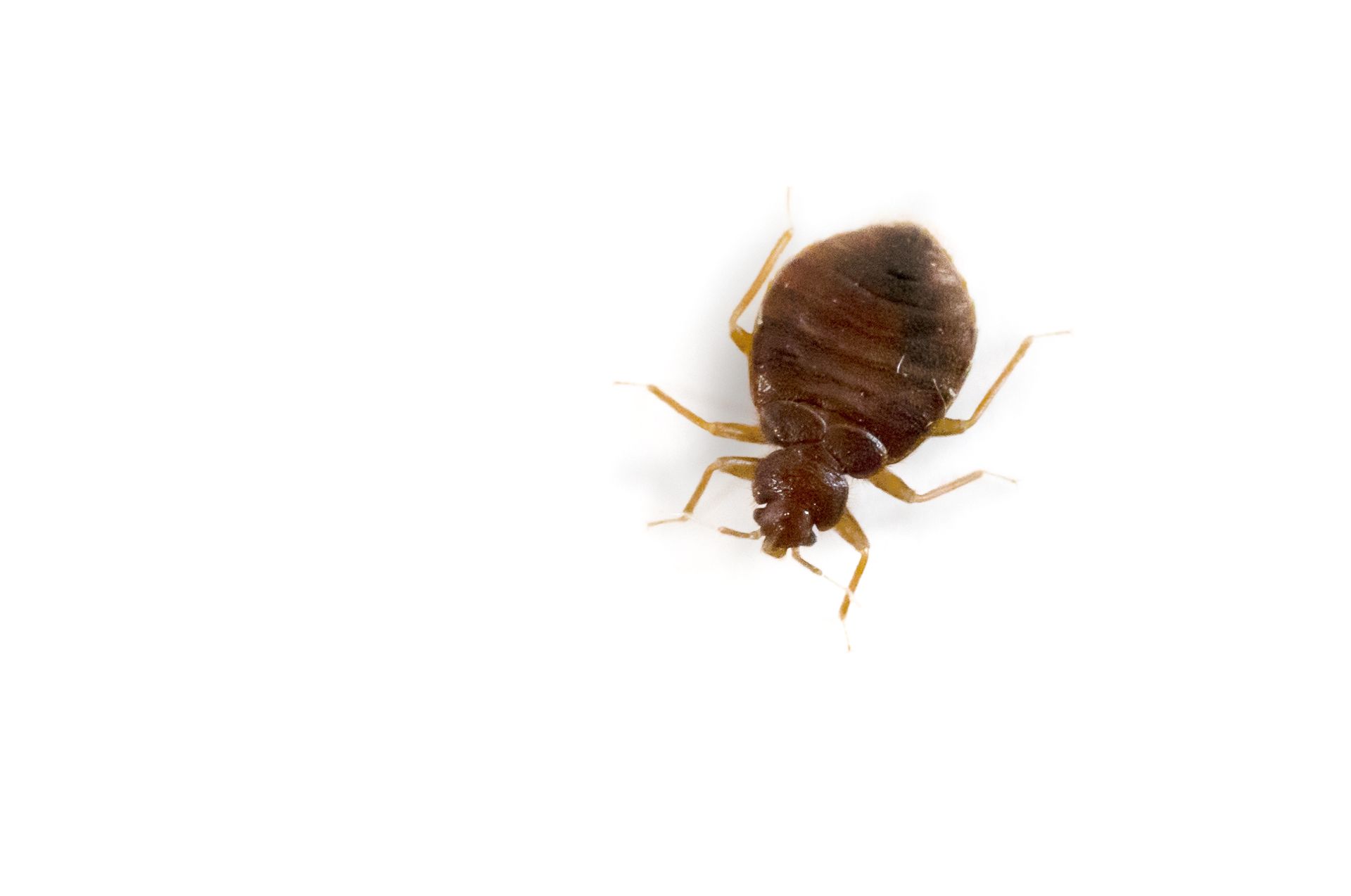
Bed Bugs
Identification: Small, flat, oval-shaped insects, reddish-brown in colour. Bed bugs are about the size of an apple seed and are visible to the naked eye.
Biology: Bed bugs feed on the blood of humans and animals, usually at night. They can survive for months without feeding.
Behaviour: Bed bugs hide in cracks and crevices, typically in mattresses, bed frames, and furniture. They are known for their ability to spread quickly.
Control: Regularly inspect and clean bedding and furniture. Professional extermination is often required due to their resilience.
How to Get Rid of Bed Bugs : Bed bugs are notorious for hiding in mattresses, bed frames, and other furniture. To eliminate them, wash all bedding and clothing in hot water, vacuum thoroughly, and consider using a mattress encasement. Professional heat treatments or insecticides may be required for severe infestations.
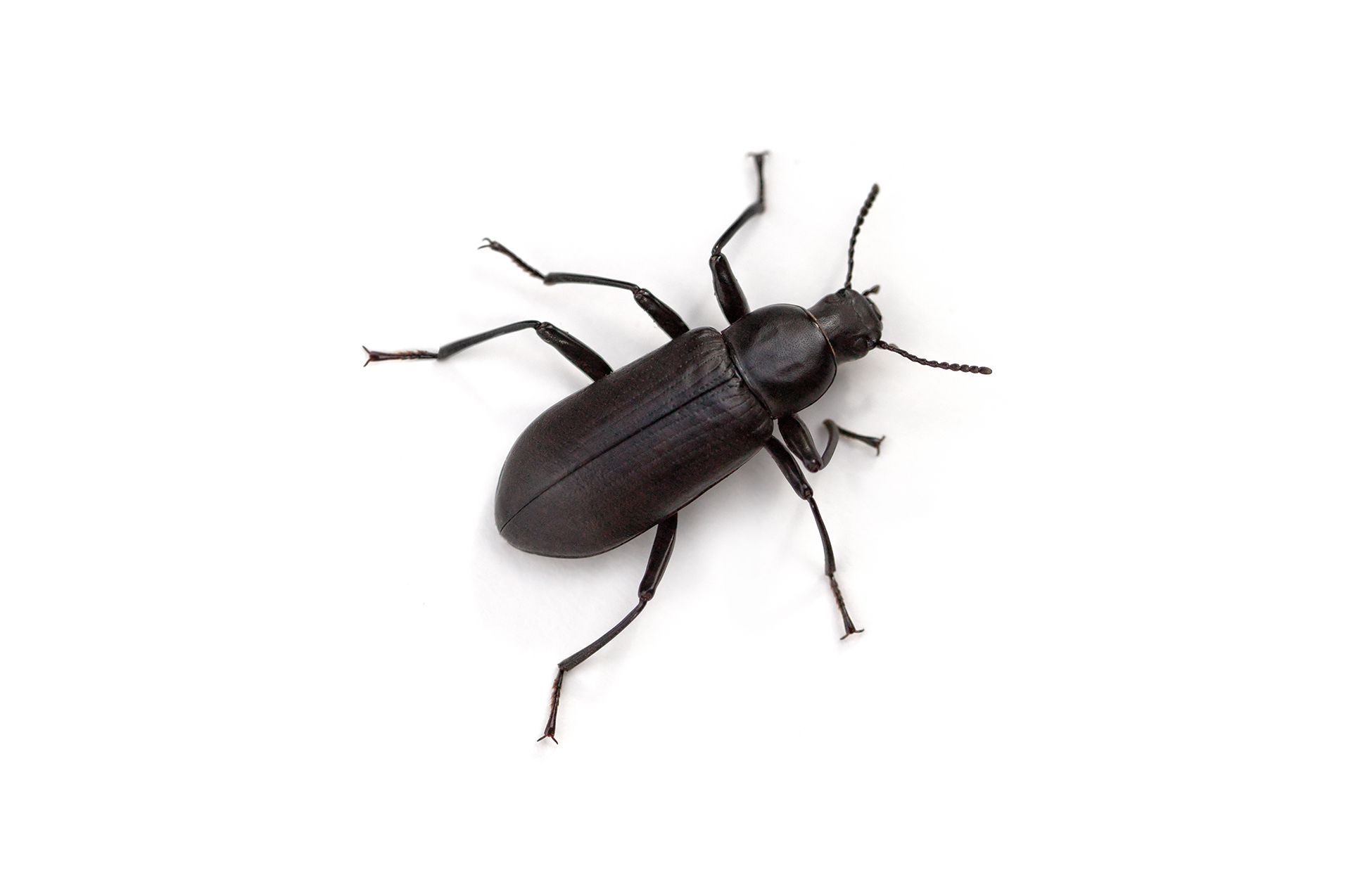
Beetles
Identification: Beetles have hard, shell-like wings covering their bodies. They vary in size, colour, and shape depending on the species.
Biology: Beetles undergo complete metamorphosis with egg, larva, pupa, and adult stages. They can be found in many environments.
Behaviour: Some beetles are attracted to stored food products, while others may infest wood or fabrics.
Control: Store food in airtight containers, keep homes clean, and use professional pest control if an infestation occurs.
How to Get Rid of Beetles : Beetles can damage stored products and household items. To control beetles, start by cleaning and vacuuming the affected areas. Store susceptible items in airtight containers and consider using pheromone traps. For extensive infestations, professional pest control is recommended.
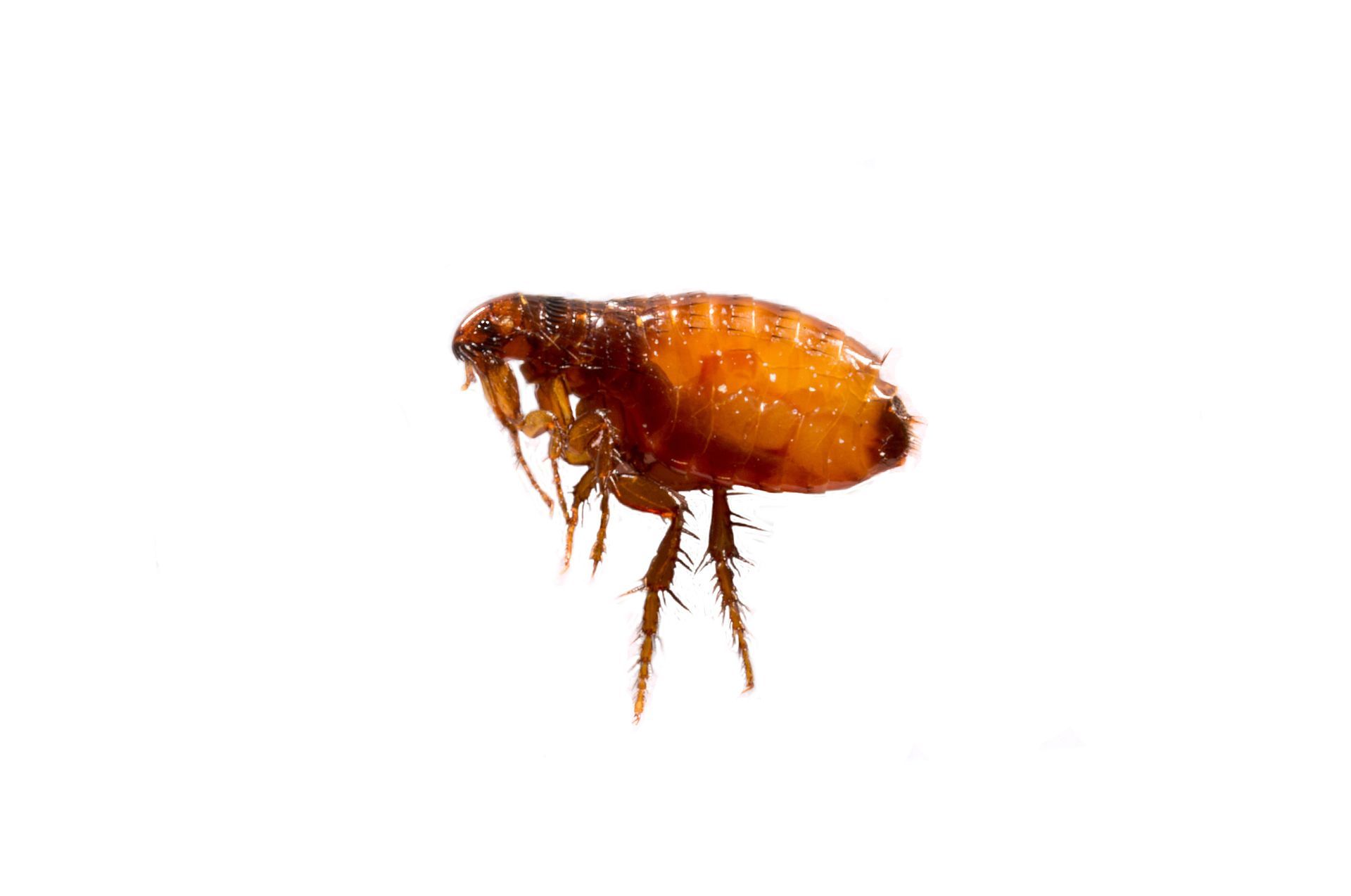
Fleas
Identification: Small, wingless insects with flattened bodies and strong legs for jumping. Fleas are reddish-brown and about 2.5 mm long.
Biology: Fleas are parasites that feed on the blood of mammals and birds. They reproduce quickly, laying eggs in the fur of animals or in carpeting.
Behaviour: Fleas are typically brought into homes by pets. They can cause discomfort and allergic reactions in both animals and humans.
Control: Regularly treat pets with flea control products and vacuum frequently. Severe infestations may require professional treatment.
How to Get Rid of Fleas: Fleas can cause itching and discomfort for both pets and humans. To get rid of fleas, treat your pets with flea medication, wash bedding in hot water, and vacuum carpets and furniture thoroughly. In severe cases, a professional pest control service may be needed to eliminate fleas from your home.

Cockroaches
Identification: Cockroaches are medium-sized insects with flat, oval bodies and long antennae. Common species include the German, American, and Oriental cockroaches.
Biology: Cockroaches thrive in warm, humid environments and are omnivorous scavengers. They reproduce quickly and can live for weeks without food.
Behaviour: Cockroaches are nocturnal and tend to hide in dark, moist areas such as kitchens and bathrooms. They can contaminate food and spread disease.
Control: Keep kitchens clean, store food properly, and eliminate moisture. Professional extermination is often necessary for effective control.
How to Get Rid of Cockroaches: Cockroaches are resilient pests that thrive in dark, moist areas. To control cockroaches, eliminate their food and water sources by cleaning up crumbs and fixing leaks. Use cockroach bait or traps to reduce their numbers. For stubborn infestations, professional extermination may be the best solution.
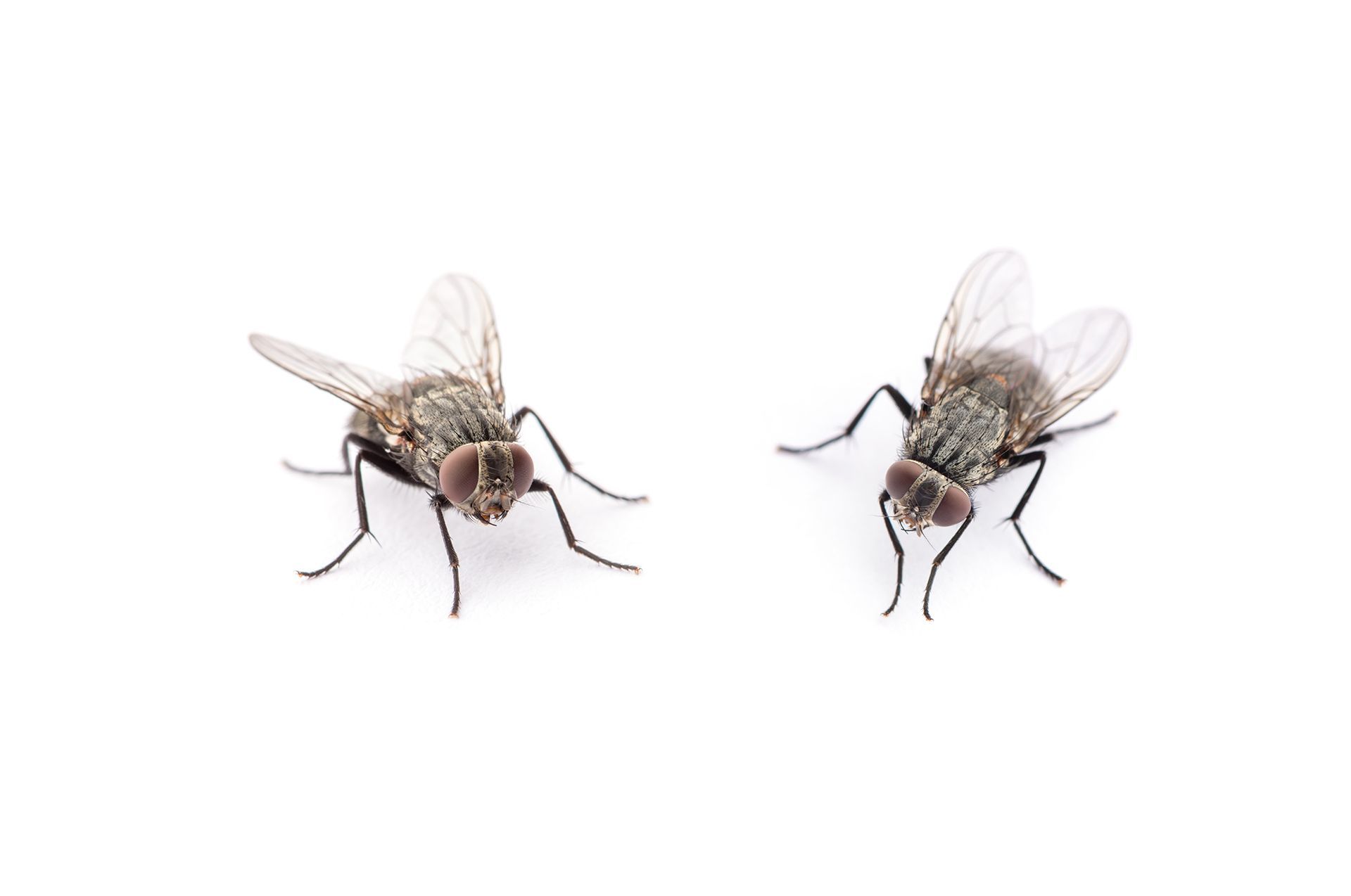
Flies
Identification: Flies have two wings, large compound eyes, and a slender body. Common types include house flies, fruit flies, and drain flies.
Biology: Flies go through a life cycle of egg, larva, pupa, and adult. They are attracted to food sources, waste, and decaying matter.
Behaviour: Flies can spread diseases by contaminating food and surfaces with bacteria and pathogens.
Control: Maintain cleanliness, use fly traps, and seal garbage containers. Professional pest control may be needed for persistent infestations.
How to Get Rid of Flies: Flies can be both annoying and unhygienic. To get rid of flies, keep your home clean, dispose of garbage regularly, and use fly traps or screens to keep them out. In cases of persistent fly problems, a professional pest control service can help eliminate breeding sites.
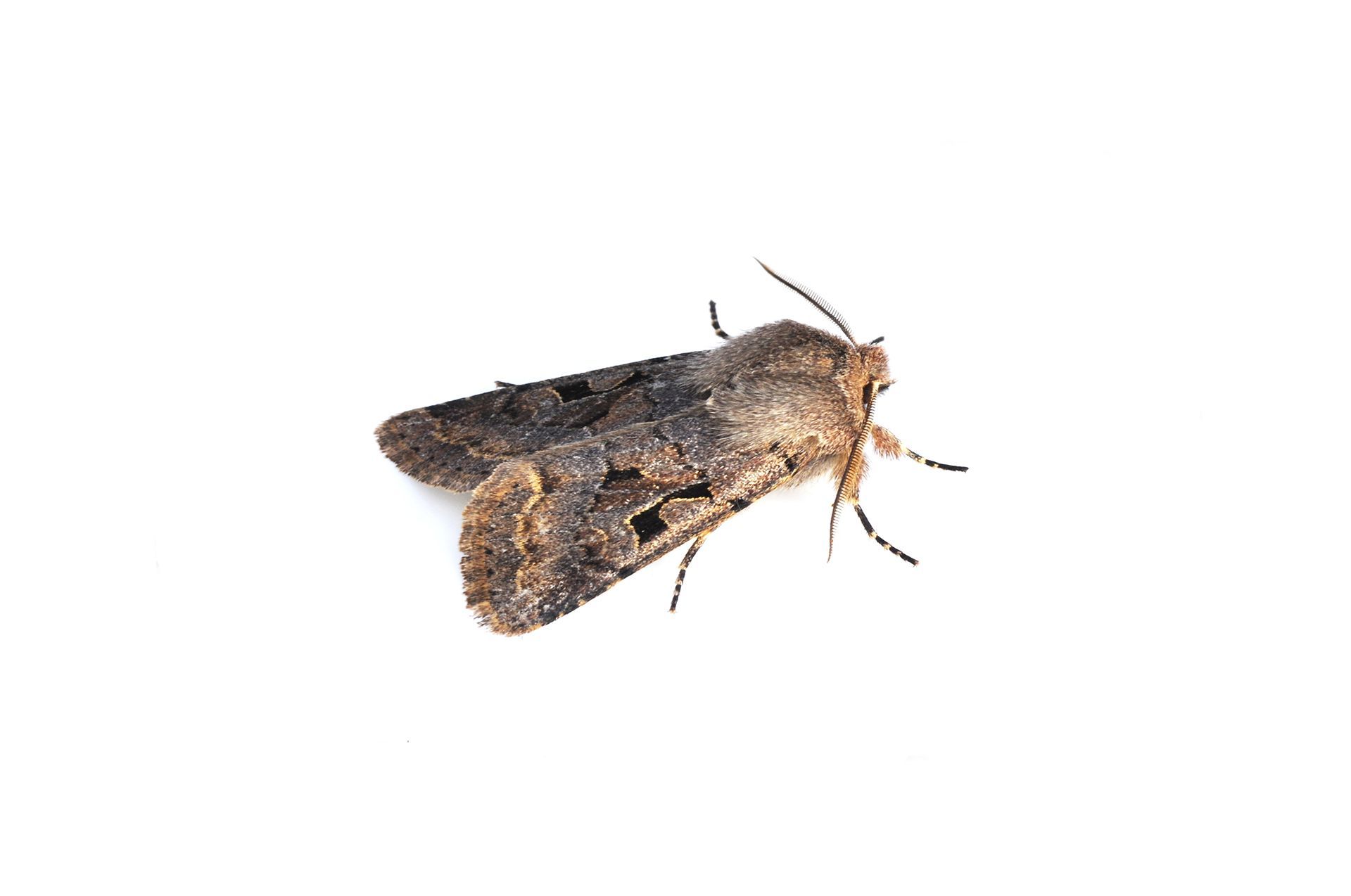
Moths
Identification: Moths have two pairs of wings covered in scales. They vary in size and colour depending on the species.
Biology: Moths undergo complete metamorphosis and are most active at night. Some species are known to infest stored food or fabrics.
Behaviour: Moths are attracted to light and can damage stored products or fabrics in homes.
Control: Store food in airtight containers and use moth repellents or traps. Severe infestations may require professional intervention.
How to Get Rid of Moths: Moths can cause significant damage to clothing and stored food. To control moths, clean affected areas thoroughly, store items in airtight containers, and use moth traps or repellents. Professional pest control may be required to address severe infestations.
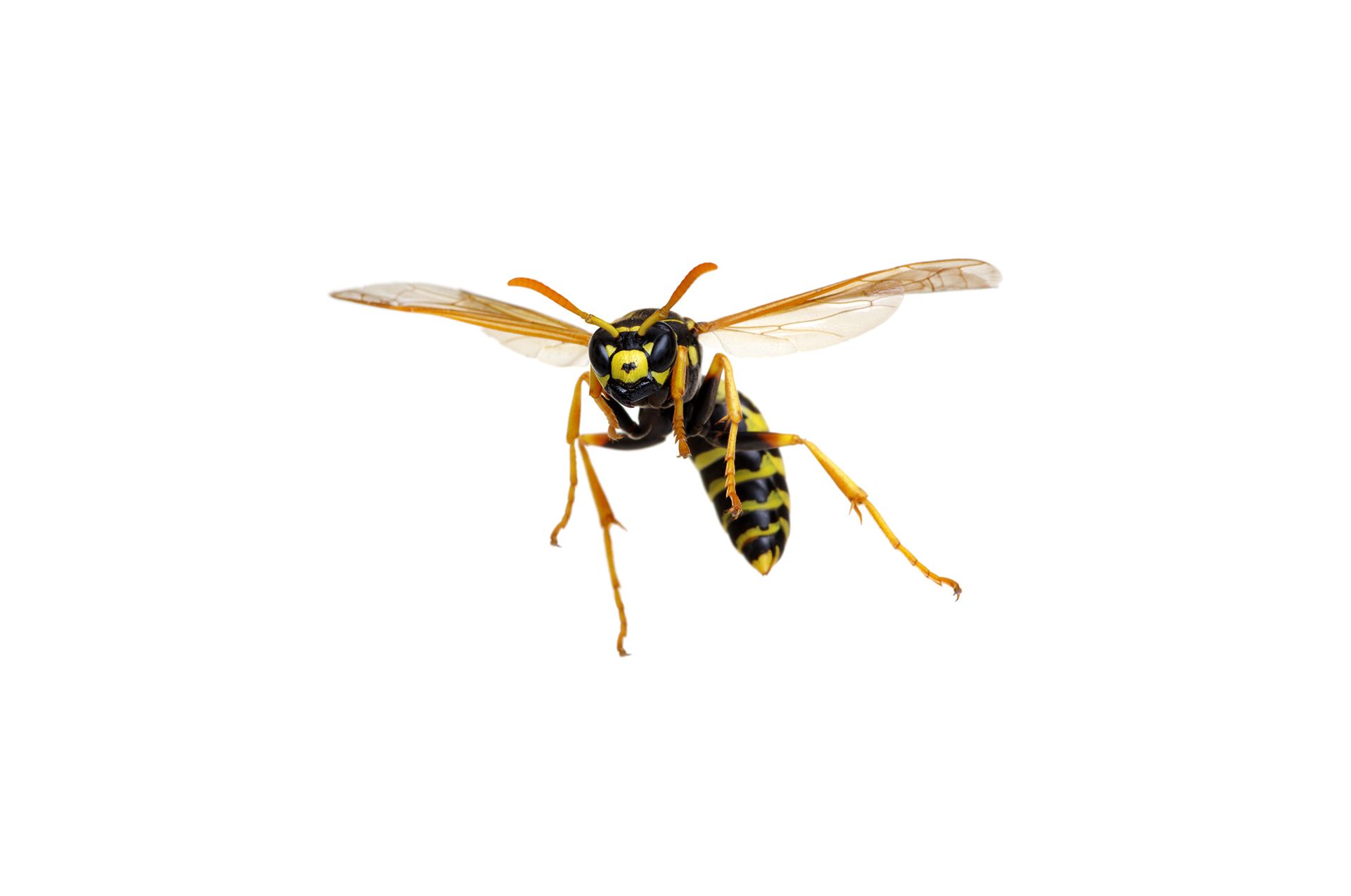
Social Wasps
Identification: Social wasps have a slender body, narrow waist, and long wings. Common species include yellowjackets and hornets.
Biology: Wasps live in colonies, with a queen, workers, and males. They are carnivorous and feed on other insects, but are also attracted to sugary substances.
Behaviour: Social wasps can become aggressive if their nest is disturbed. They build nests in sheltered areas, often near human activity.
Control: Remove food sources, seal entry points, and call professionals to safely remove nests.
How to Get Rid of Social Wasps: Social wasps, such as yellowjackets and hornets, can be aggressive and dangerous. To eliminate a wasp nest, it's best to contact a professional pest control service to safely remove it. Avoid approaching or disturbing the nest on your own, as this can provoke the wasps.
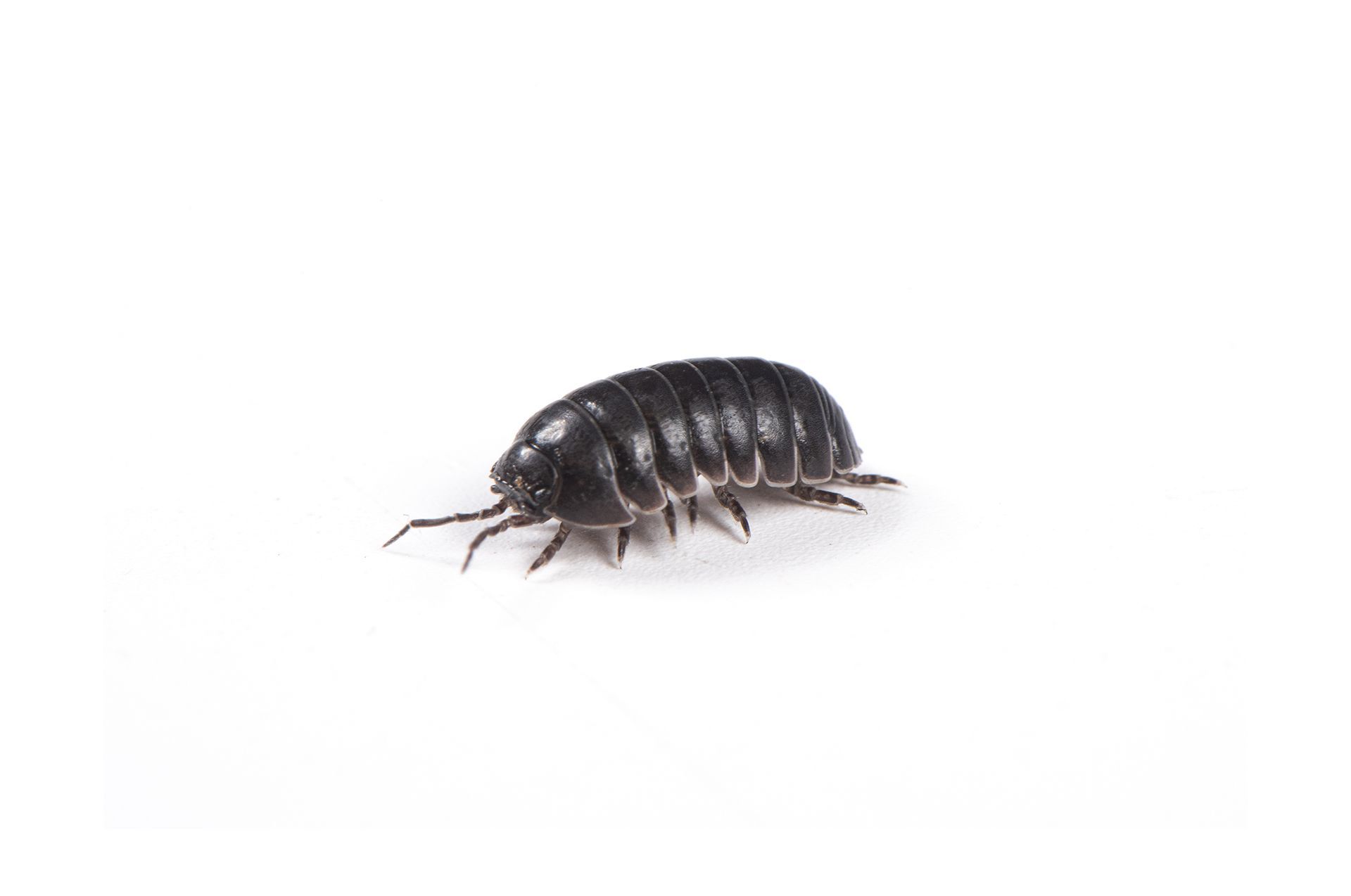
Pill bugs
Identification: Pill bugs, also known as "roly-polies," have a segmented, armored body and can roll into a ball when threatened.
Biology: Pill bugs are not insects but crustaceans. They thrive in moist environments and feed on decaying organic matter.
Behaviour: Pill bugs are mostly harmless but can become a nuisance when they invade homes in large numbers.
Control: Reduce moisture levels in and around your home, seal entry points, and remove organic debris.
How to Get Rid of Pill bugs : Pill bugs are often found in damp, dark environments. To control pill bugs, reduce moisture levels in and around your home by fixing leaks and improving ventilation. Remove any decaying plant material or debris where they might hide. For persistent issues, consider professional pest control assistance.
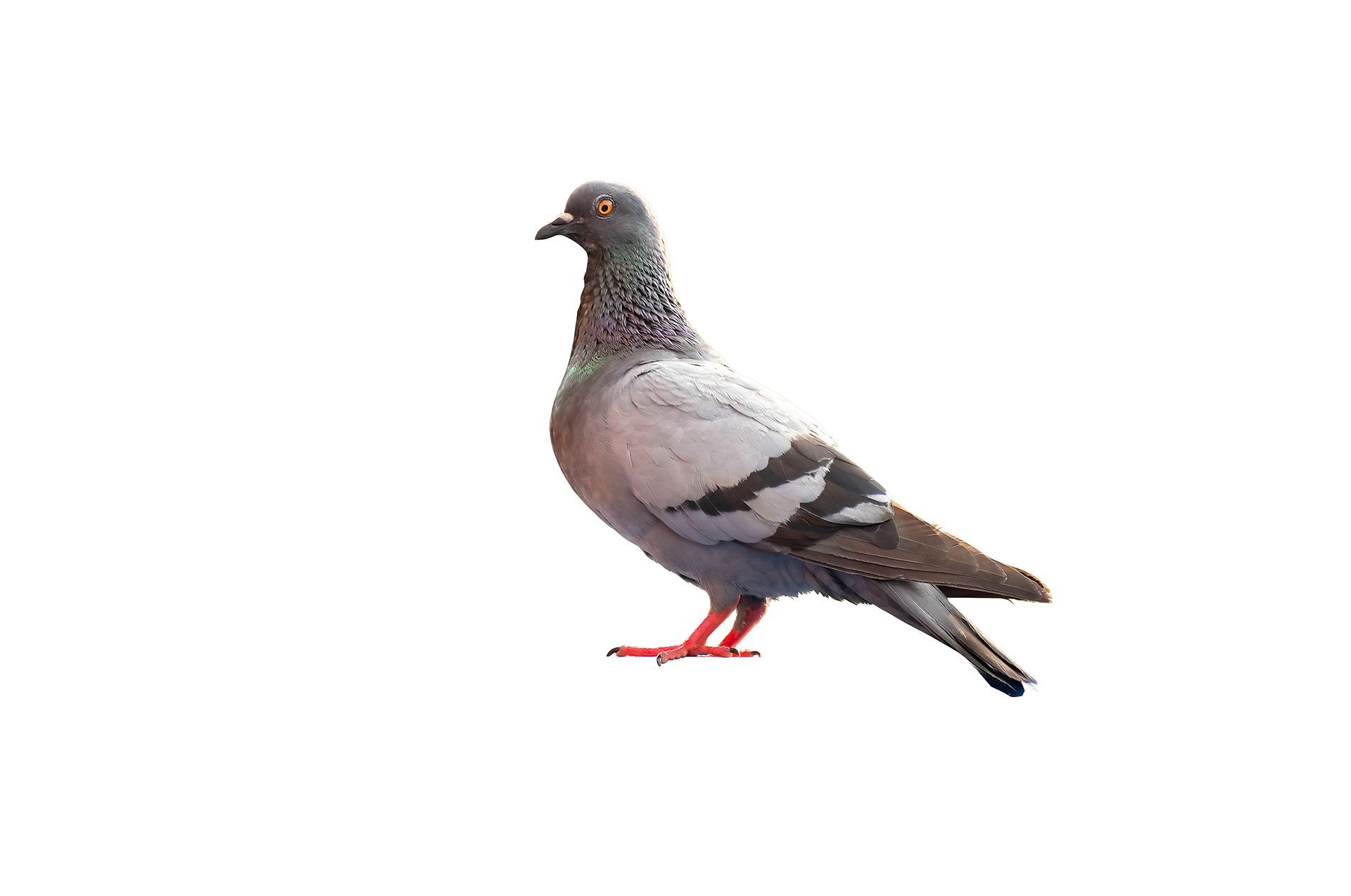
Birds
Identification: Common pest birds include pigeons, sparrows, and starlings. They have feathers, beaks, and clawed feet.
Biology: Birds can build nests in various locations, including rooftops, attics, and vents. They are known for their droppings, which can damage property.
Behaviour: Pest birds can cause noise disturbances, deface buildings, and spread diseases through their droppings.
Control: Use bird deterrents, install netting or spikes, and consider professional bird control services.
How to Get Rid of Birds: Birds like pigeons can cause property damage and health issues. To deter birds, install bird spikes or netting, and remove food sources. For more extensive problems, a professional pest control service can implement humane bird control solutions.

Rodents
MICE
Identification: Mice are small rodents with pointed snouts, large ears, and long tails. They are typically brown or grey.
Biology: Mice reproduce rapidly and can infest homes or businesses within a short period. They are known for gnawing on wires, wood, and other materials.
Behaviour: Mice are nocturnal and prefer to stay hidden, often in walls, attics, or basements. They contaminate food and can spread diseases.
Control: Seal entry points, store food properly, and use traps or bait stations. Professional pest control may be necessary for larger infestations.
How to Get Rid of Mice: Mice can contaminate food and cause structural damage. To get rid of mice, seal entry points, set traps, and remove food sources. Professional pest control services can provide long-term solutions to prevent future infestations.
RATS
Identification: Rats are larger than mice, with thicker bodies, blunt snouts, and long, scaly tails. Common species include the Norway rat and roof rat.
Biology: Rats are highly adaptable and can live in a variety of environments. They breed quickly and can cause significant damage to structures and food supplies.
Behaviour: Rats are nocturnal and often enter buildings in search of food and shelter. They can carry diseases and pose health risks to humans.
Control: Keep areas clean, eliminate food sources, and use traps or bait stations. Professional extermination is often required.
How to Get Rid of Rats: Rats pose serious health risks and can damage your property. To control rats, eliminate food and water sources, seal entry points, and use traps or bait stations. Professional pest control is often necessary to address rat infestations effectively.
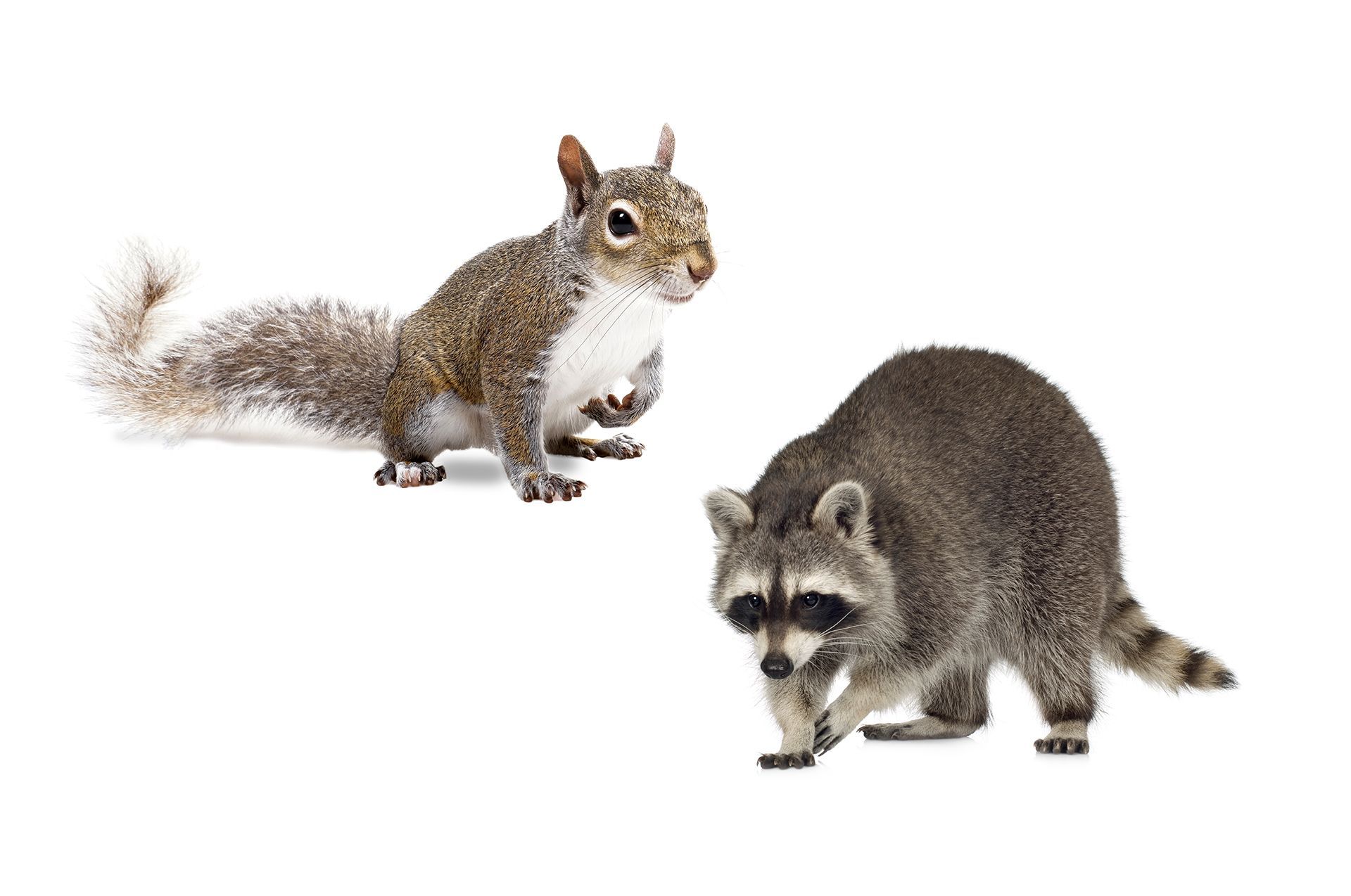
Wildlife
RACCOONS
Identification: Raccoons are medium-sized mammals with distinctive black "masks" around their eyes and ringed tails.
Biology: Raccoons are omnivores and highly adaptable. They often forage for food in urban areas, especially in garbage cans.
Behaviour: Raccoons are nocturnal and can become a nuisance when they invade attics, chimneys, or other parts of buildings.
Control: Secure garbage bins, block entry points, and use humane traps. Professional wildlife removal services are recommended.
How to Get Rid of Raccoons: Raccoons can cause significant damage if they enter your home or attic. To remove raccoons, it's essential to use humane traps and then release them safely. Professional pest control services can handle this process to ensure it’s done correctly and legally.
SQUIRRELS
Identification: Squirrels are small to medium-sized rodents with bushy tails and sharp claws. They are commonly found in urban areas.
Biology: Squirrels are active during the day and are known for hoarding food like nuts. They can cause damage by chewing on wires and nesting in attics.
Behaviour: Squirrels can become a problem when they enter buildings, creating noise and damage.
Control: Seal entry points, remove food sources, and consider using humane traps. Professional wildlife control may be necessary.
How to Get Rid of Squirrels: Squirrels can chew through wires and cause other damage if they get inside your home. To remove squirrels, use humane traps and repair any entry points to prevent them from returning. Professional pest control services are recommended for safe and effective removal.
Service Areas
- Serving Toronto and the GTA
- 100 km Radius of Toronto
Business Hours
24/7
